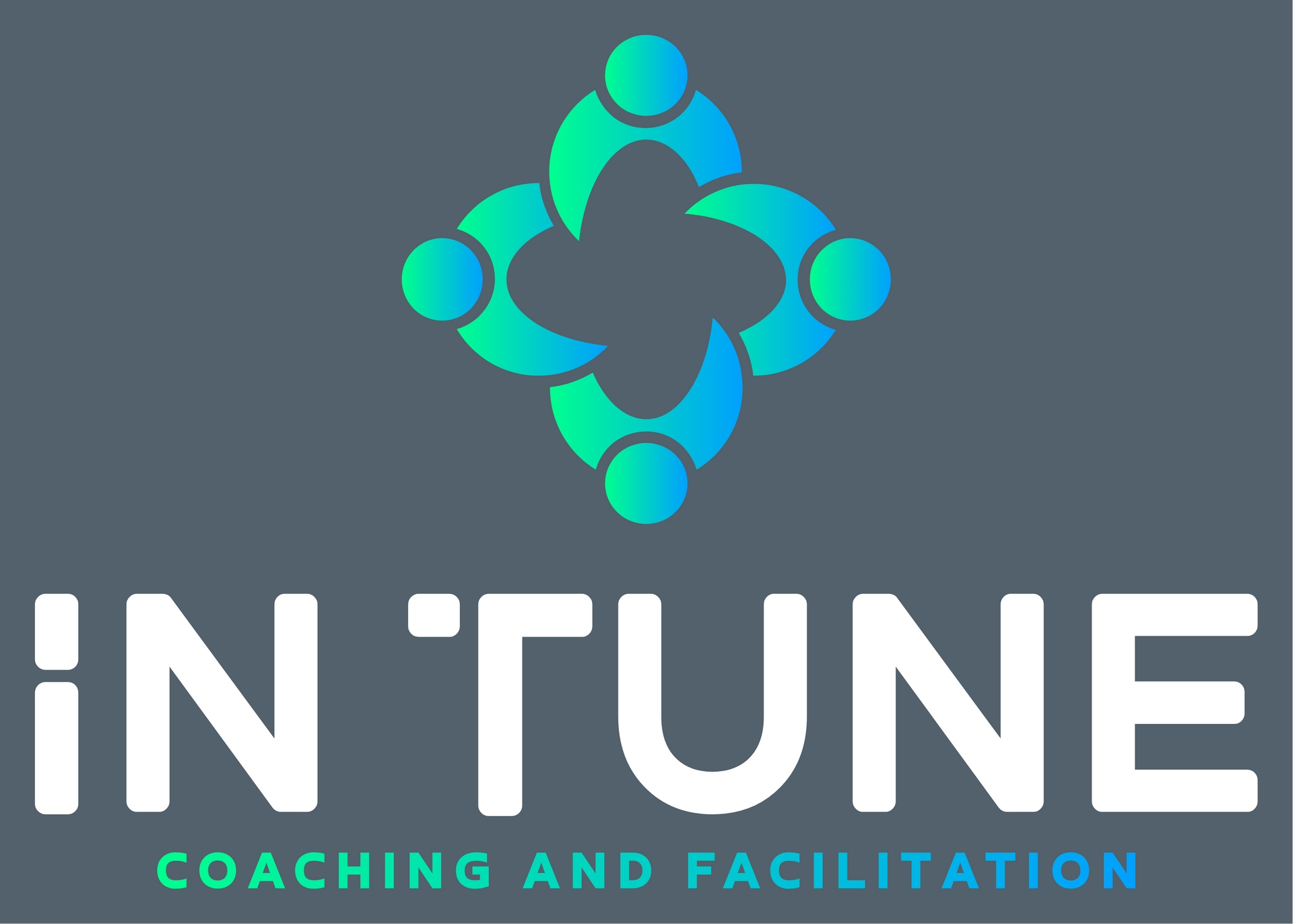The 90-Day Goal Setting and Execution Framework: An Actionable Playbook for Success
"Most people overestimate what they can do in a year, and underestimate what they can do in 12 weeks." - Brian P. Moran and Michael Lennington

When it comes to achieving meaningful personal and professional success, having a clear and structured approach is key. Enter the 90-Day Goal Setting and Execution Framework—a proven method that combines clarity, prioritization, and continuous improvement to turn your aspirations into measurable results. Drawing inspiration from frameworks like 4DX (Four Disciplines of Execution) and Scrum, this playbook will help you set, prioritize, and crush your goals in just 90 days.
Let’s break it down into actionable steps you can follow:
1. Set Your "Big Yes" Goals (Weeks 1–2)
At the heart of this framework lies the principle of the Big Yes—aligning your goals with your purpose. It’s not about doing more; it’s about doing what matters most.
- Why It Works:
Inspired by the 4DX principle of focusing on Wildly Important Goals (WIGs), this step ensures you focus on one personal and one professional goal that can create transformative impact. - When you align your goals with your core purpose, it becomes easier to say “No” to distractions.
- How to Apply:
- Ask yourself: What is the one personal and one professional goal that, if achieved, will make everything else easier or unnecessary?
- Write these goals down using the SMART criteria—Specific, Measurable, Achievable, Relevant, and Time-Bound.
- Break your goals into 3–4 milestones that you can focus on during the 90-day period.
2. Create a Sprint Backlog (Weeks 3–12)
Once your goals are set, the next step is breaking them down into weekly sprints, inspired by Scrum methodology.
- Why It Works:
Weekly sprints allow you to focus on small, manageable tasks without feeling overwhelmed by the bigger picture. By taking it one week at a time, you create momentum while maintaining flexibility. - How to Apply:
- At the start of each week, identify 2–3 Most Important Tasks (MITs) that will directly contribute to your milestones.
- Use a sprint backlog to track your weekly priorities, ensuring that everything ties back to your larger goal.
- Keep the scope small—remember, progress builds momentum.
3. Establish a Cadence of Accountability
Accountability is the backbone of any successful goal-setting framework. This framework builds accountability through daily and weekly rituals.
- Why It Works:
- The 4DX framework emphasizes lead measures (actions you control) and accountability as drivers of success.
- Daily and weekly check-ins keep you focused and reduce the risk of getting derailed.
- How to Apply:
- Daily Journaling Practice:
- AM Journal: Write down your MITs, affirm your purpose, and visualize success.
- PM Journal: Reflect on what went well, what you learned, and what you’ll improve tomorrow.
- Weekly Retrospective: Spend 15 minutes answering these three questions:
- What worked?
- What didn’t?
- What’s next?
- Use your retrospective insights to refine your plan for the upcoming week.
4. Track Lead and Lag Measures
To stay on track, you’ll need to measure your progress in a way that motivates you to keep going. This framework differentiates between lead measures (actions you control) and lag measures (results).
- Why It Works:
- Lead measures help you focus on actionable behaviors, while lag measures provide a snapshot of your results.
- This dual tracking system ensures that you’re not just busy—you’re effective.
- How to Apply:
- Lead Measures: Track daily habits or tasks, like completing MITs or sticking to your sprint backlog.
- Lag Measures: Monitor results, such as revenue growth, weight loss, or project completion percentages.
- Review both measures weekly to ensure alignment between effort and outcome.
5. Celebrate, Adapt, and Close Strong (Weeks 11–12)
As you near the end of your 90-day journey, take time to celebrate your progress and reflect on lessons learned.
- Why It Works:
- Celebrations reinforce positive behaviors and build confidence.
- Reflection helps you adapt and improve for your next 90-day cycle.
- How to Apply:
- Daily Wins: Celebrate small victories with your PM journal.
- Weekly Micro-Celebrations: Reward yourself for hitting milestones—whether it’s a treat, a day off, or simply acknowledging your progress.
- Final Retrospective: Use the last two weeks to assess your overall achievements. Ask yourself:
- What worked exceptionally well?
- What would I do differently next time?
- Close the cycle by setting your next “Big Yes” goal and carrying forward the momentum you’ve built.
Practical Example
Imagine your Big Yes Goal is to improve your physical health.
- Goal: Lose 10 pounds in 90 days while building strength and energy.
- Sprint Backlog: Each week, commit to 3 workouts, meal prepping on Sundays, and drinking 8 glasses of water daily.
- Daily Journaling:
- AM: Visualize yourself feeling strong and energized.
- PM: Celebrate completing a workout or making a healthy meal choice.
- Lead Measures: Track your workouts, water intake, and meals.
- Lag Measures: Monitor your weight, energy levels, and fitness progress bi-weekly.
- Celebrate: Reward yourself with a massage or a new workout outfit when you hit milestones.
Why This Framework Works
The 90-Day Goal Setting and Execution Framework works because it combines clarity, focus, and flexibility:
- It simplifies the process by breaking big goals into manageable steps.
- It creates momentum through daily and weekly rituals.
- It emphasizes progress over perfection, ensuring sustainable growth.
Take the First Step
Are you ready to crush your 90-day goals with clarity, energy, and focus? Start by defining your Big Yes, and let this framework guide you toward the transformation you deserve.
This isn’t just about achieving goals—it’s about becoming the best version of yourself.
Let’s get started today! 🚀
Stay Tuned with Tune In: Your Go-To for Inspiration and Personal Growth
Join the In Tune community and get exclusive updates on our latest blog posts straight to your inbox! ✨
From mindfulness tips to insights on living a more fulfilling life, we’ve got the tools to help you tune into your best self.
Sign up today and never miss a beat! 🎶




